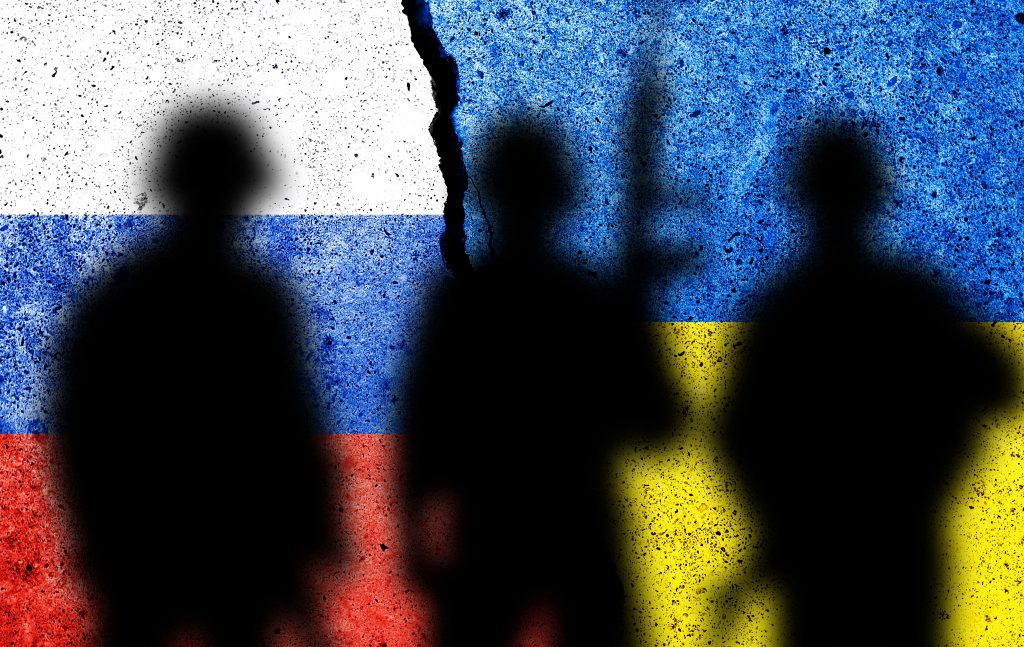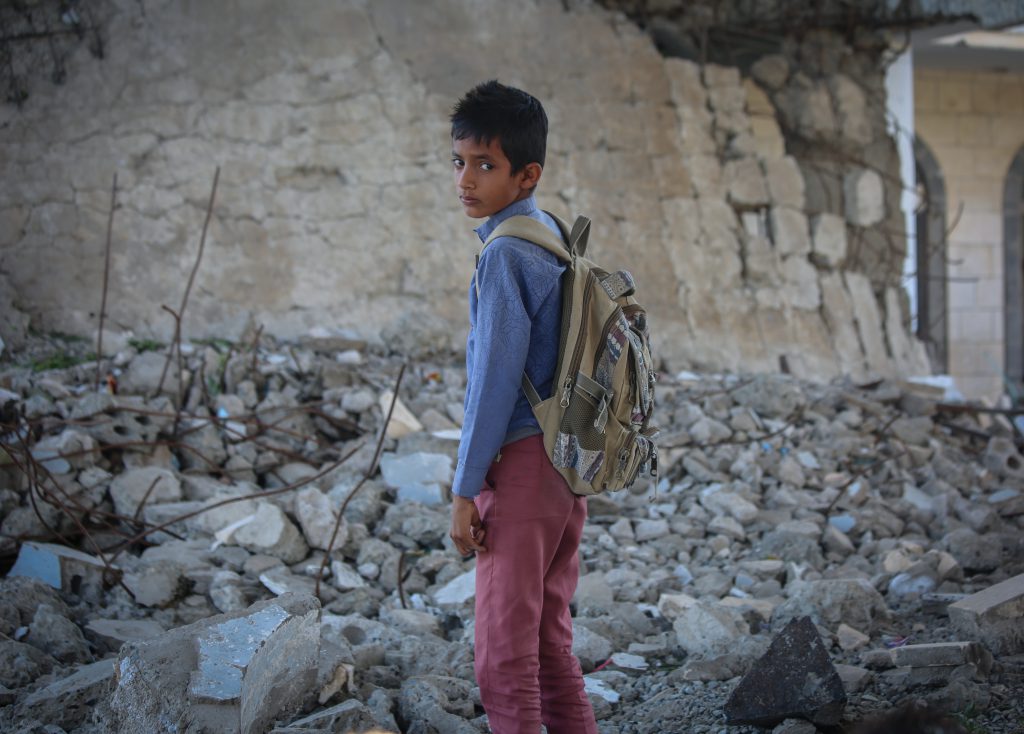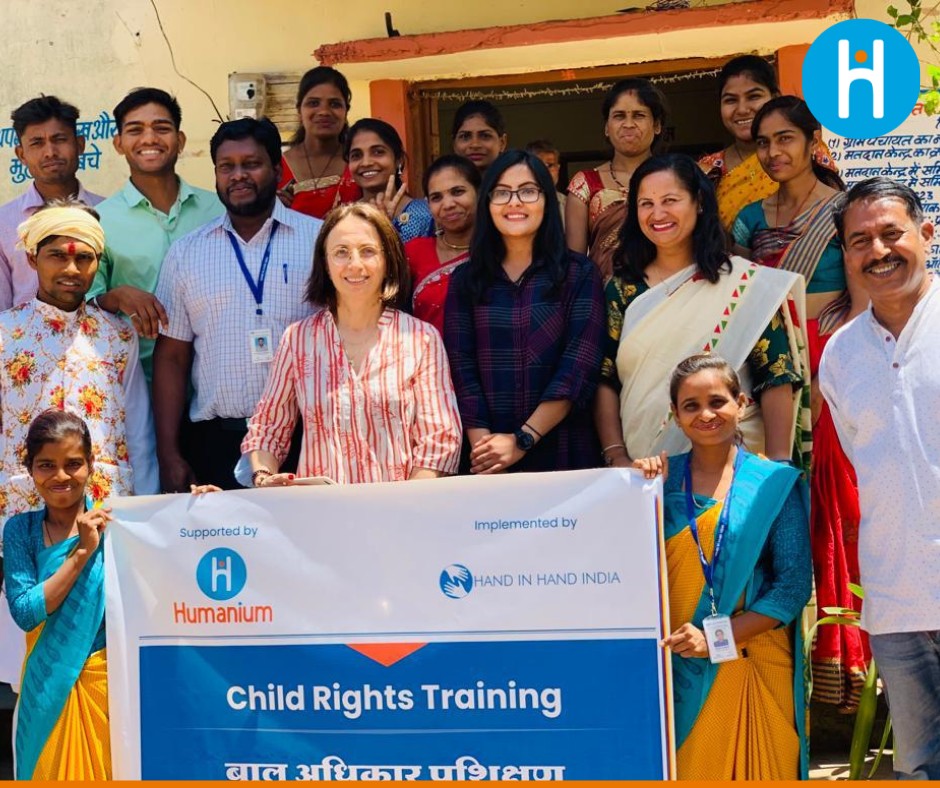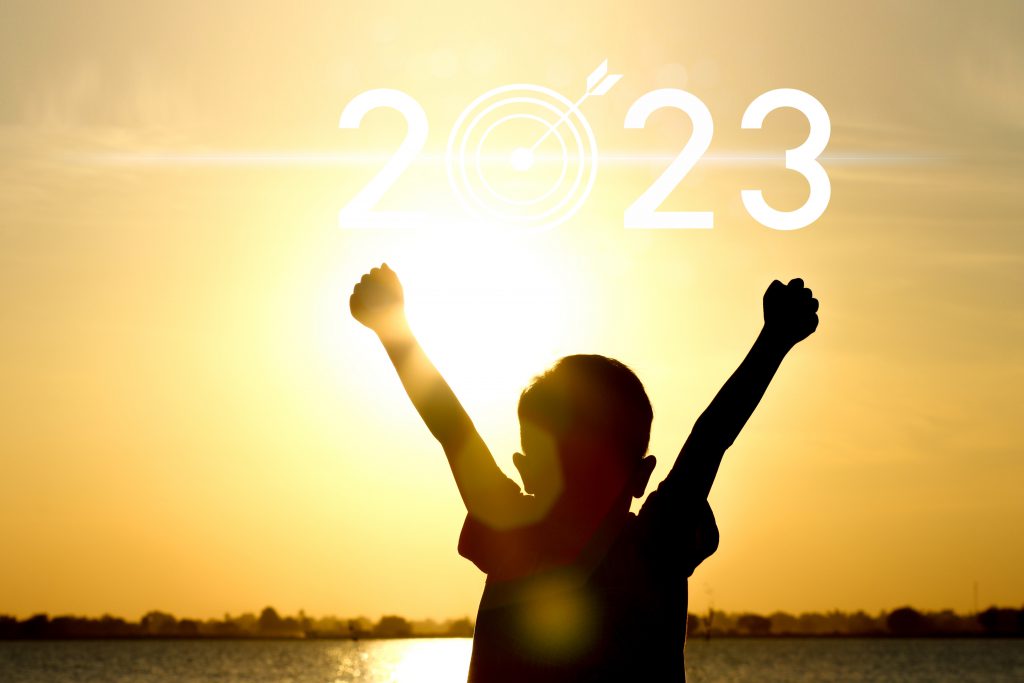Every year poses certain challenges to people around the world, but it is especially challenging when those affected by global events are children. Unfortunately, 2022 was not favorable for children in many ways, and there is only hope that the new year can bring more stability, especially to children and their families suffering in armed conflicts. During the entire year, Humanium was committed to ensuring that children are protected against violence and exploitation, as well as that the challenges posed by Covid-19, climate change, and ongoing conflicts are confronted with a rights-based approach.
Children in the midst of the Russia-Ukraine armed conflict
In early February 2022, Russia’s Justice Ministry filed a lawsuit to liquidate the Charitable Foundation Sphere (CF Sphere), an important organization that defends the rights of LGBTQI+ people in Russia. (Lockshina 2022) Two months later, a Saint Petersburg district court ruled to shut down the foundation. As a consequence, the act of liquidating the organization currently legitimizes further homophobic acts and the rights of LGBTQIA+ people across Russia at this moment are especially vulnerable.
However, in relation to Russia, what also happened in February 2022 had an even bigger impact on children’s rights. That same month, Russian forces entered Ukraine, marking the beginning of a full-scale land, sea and air invasion of Ukraine’s military assets and cities across the country. The ongoing conflict in Ukraine still poses an immediate and growing threat to the lives and well-being of the country’s 7.5 million children (UNICEF, 2022).

Children have been killed, wounded, and severely affected by the escalating violence all around them (Denton, 2022). Furthermore, hundreds of thousands of children and their families have been internally displaced and over two million refugees have fled the country in search of safety – the majority being women and children (Council on Foreign Relations, 2022).
The importance of children’s right to education in armed conflicts
Children’s right to education is enshrined by Articles 28 and 29 of the Convention on the Rights of the Child (CRC). Moreover, the object of General Comment No. 13, which was adopted in 1999 by the Committee on Economic, Social and Cultural Rights with the aim of providing an interpretation and clarification of Article 13 of the International Covenant on Economic, Social and Cultural Rights (ICESCR), is precisely the right to education (UN Human Rights (n.d.).
Around the world, children are deprived of education and learning for various reasons. Even though poverty remains one of the most obstinate barriers, children going through economic insecurity, political instability, armed conflict or natural disasters, as well as those with disabilities, or from ethnic minorities, are less likely to attend school.
What’s more, in armed conflicts, education is frequently not considered to be as important as other rights and it is often neglected. Apart from that, armed conflicts have a serious psychological impact on children due to numerous reasons, such as wartime stress, their parents’ or close relatives’ death, or long-term separation from their families.
These situations destroy, in a short period of time, children’s life, care and education facilities, eventually interrupting, denying, and hindering the fulfillment of the right to education (British Institute of International and Comparative Law, 2020). Likewise, many children are highly exposed to combat or even take an active part in conflicts. It is clear that they suffer constant violence, either as a victim or a witness.

Nevertheless, education in these situations should be seen as a priority since it provides children with much more than the right to learn. In fact, education in emergencies is of major importance for their psychological and physical well-being and progress. Additionally, the purpose and benefit of emergency education are to provide much-needed social protection to children.
Climate destruction is child abuse
In addition to armed conflict situations that children are exposed to, according to the Children’s Climate Risk Index (CCRI), nearly half of the world’s children are also at extremely high risk of the negative impacts of climate change which going on at this moment. (UNICEF, 2021) Despite the fact that the climate crisis is being addressed at the global, regional and national levels, through a wide range of high-level political treaties, resolutions, policies, agreements, and commitments, children are still left behind in initiatives to address the climate crisis.
“The climate crisis is a child rights crisis.”
– UNICEF, 2021
The current numbers are quite somber. At a global level, it is reported that one in five children worldwide currently does not have access to or enough water to meet their everyday needs. In fact, it is assumed that 1 billion children are at extremely high risk of being affected by the climate crisis, of whom 820 million (over one-third of children globally) are currently highly exposed to heatwaves, 400 million (nearly 1 in 6) to cyclones, 330 million (1 in 7) to riverine flooding, 240 million (1 in 10) to coastal flooding, and 920 million (over one third) to water scarcity (EEAS, 2022).
Moreover, in 20 years’ time, one in four children is likely to live in areas of extreme high-water stress (Child Rights Connect, 2022). In addition, children will be more and more prone to experience weather events such as devastating floods, cyclones, air pollution, global warming, extreme weather events, desertification, deforestation, catastrophic droughts, heat waves, fires, storms, and related consequences. With that said, the governments’ failure to prevent climate change and mitigate its harms is a form of violence against children and therefore can be defined as a form of child abuse.
Humanium advocates for children’s rights on a global scale
During the entire year, Humanium was working hard to fulfill the rights recognized by the UN Convention on the Rights of the Child (CRC). At the very beginning of the year, Humanium submitted recommendations to the Special Rapporteur on the trafficking of persons, especially women and children. This proposal document sought to end human trafficking in agriculture by elaborating on prevention and protection strategies, as well as taking special consideration the inherent vulnerabilities of children themselves.
In March 2022, Humanium attended a pivotal side event to the 49th Human Rights Council session. The purpose of the side event, organized by the Special Representative of the Secretary-General on Violence against Children and the members of the Child Rights Connect Working Group on Children and Violence was to strengthen the stakeholders’ commitment to end violence against children exacerbated by the impacts of climate change, Covid-19 pandemic, and the endangering Ukraine crisis.
In April, we implemented three Humanium projects in cooperation with Hand in Hand India, our local partner, and conducted seven more workshops. Since Hand in Hand India is also running other projects with the financial support of other dedicated NGOs, overall 20 workshops were delivered, thanks to the kind help of our co-coach and trainer Vicdan Merter from Istanbul.

Each morning, our workshops gathered 25 – 30 people – teenagers, teachers, or social and psychological development trainers, from different villages in the Indian states of Tamil Nadu and Madhya Pradesh, where we have been present with our projects for the last 15 years. The trainers we met during our last visit in 2019 showed us how they implement our techniques and coaching exercises daily to fight against violence and achieve child progress and development.
“We spent a wonderful time together and achieved great impact. We can say it happily and honestly – we will be back!”
-Arndt Soret, Humanium’s Co-Founder and Director
Hope for a peaceful new year
In addition, Humanium was committed to fighting against child labor and child trafficking and was actively involved in several multi-level projects aimed at eliminating these practices and ensuring full respect for children’s rights. Humanium was and continues to be indeed engaged in deep cooperation with civil society to build strong partnerships to implement children’s rights and we continue striving to propose recommendations and proposals at the United Nations level.

We will never stop advocating for a world where children would be surrounded by education and progress instead of armed conflict and fear. Even when faced with challenges, we will persist in providing different types of training in order to achieve growth and peaceful communities, where everyone would have the same right, no matter if a child or an adult, and regardless of their gender, the color of their skin, or nationality. If you would like to support us in our mission, please consider sponsoring a child, making a donation, or becoming a volunteer in the upcoming year.
On behalf of the entire Humanium Team, may you and your loved ones have a very safe, happy, and fulfilling New Year!
Written by Ivana Kaćunko
Bibliography:
British Institute of International and Comparative Law (2020). Protecting Education in Insecurity and Armed Conflict, An International Law Handbook, second edition. Retrieved from the British Institute of International and Comparative Law at https://www.right-to-education.org/sites/right-to-education.org/files/resource-attachments/PEIC_BIICL_international_law_handbook_2020_en.pdf, accessed on November 24, 2022.
Child Rights Connect (2022). Saving the planet is saving children: Voices of Children for COP27 and beyond. Retrieved from Child Rights Connect at https://childrightsconnect.org/saving-the-planet-is-saving-children-voices-of-children-for-cop27-and-beyond/, accessed on November 24, 2022.
Council on Foreign Relations (2022). Conflict in Ukraine, Global Conflict Tracker. Retrieved from the Council on Foreign Relations at https://www.cfr.org/global-conflict-tracker/conflict/conflict-ukraine, accessed on November 24, 2022.
Denton, J. W. (2022). Ukraine crisis: What can business do for children and their families? Retrieved from the International Chamber of Commerce at https://iccwbo.org/publication/ukraine-crisis-what-can-business-do-for-children-and-their-families/, accessed on November 24, 2022.
EEAS (2022). The Climate Crisis: a Threat Multiplier for Violence against Children. Retrieved from the Delegation of the European Union to the United Nations in New York at https://www.eeas.europa.eu/delegations/un-new-york/climate-crisis-threat-multiplier-violence-against-children_en, accessed on November 23, 2022.
Lokshina, Tanya (2022). Russian Government Seeks Closure of LGBT Rights Group. Retrieved from Human Rights Watch at https://www.hrw.org/news/2022/02/09/russian-government-seeks-closure-lgbt-rights-group, accessed on November 23, 2022.
UNICEF (2021). The climate crisis is a child rights crisis. Retrieved from UNICEF at https://www.unicef.org/media/105376/file/UNICEF-climate-crisis-child-rights-crisis.pdf, accessed on November 23, 2022.
UNICEF (2022). War in Ukraine: Support for children and families. Retrieved from UNICEF at https://www.unicef.org/emergencies/conflict-ukraine-pose-immediate-threat-children, accessed on November 23, 2022.
UN Human Rights (n.d.). d) General Comment No. 13: The right to education (article 13) (1999). Retrieved from the Office of the High Commissioner for Human Rights (UN Human Rights) at https://www.ohchr.org/en/resources/educators/human-rights-education-training/d-general-comment-no-13-right-education-article-13-1999#:~:text=For%20the%20most%20part%2C%20they,effectively%20in%20a%20free%20society%22%2C, accessed on November 23, 2022.


